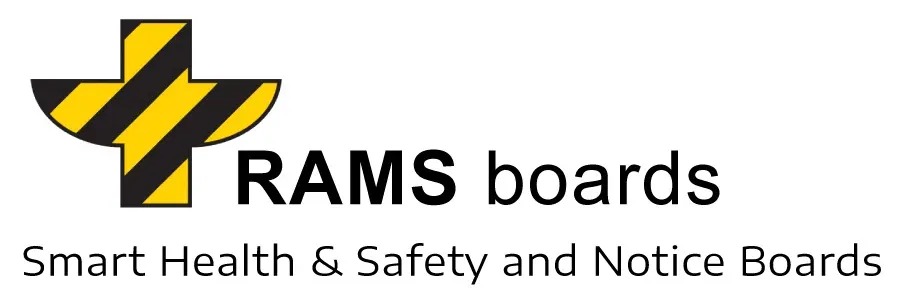The maintenance requirements for a RAMS Board are minimal, aligning with the product`s design for durability and ease of use in various work environments, including construction sites and industrial settings. This low-maintenance nature is a key feature of RAMS boards, making them a practical and user-friendly option for safety and information display. Here’s an in-depth look at the maintenance processes for a RAMS Board:
- Routine Cleaning: The primary maintenance requirement for a RAMS Board involves routine cleaning. This is necessary to ensure that the information displayed remains clear and legible, and to maintain the board`s professional appearance. Cleaning is recommended when the board becomes visibly dirty.
- Method of Cleaning: The recommended method for cleaning a RAMS Board is using warm water with soap or a mild liquid detergent. This approach is effective in removing dust, dirt, and other residues that may accumulate on the board due to exposure to the outdoor environment or general site conditions.
- Use of Jet Wash: For a more thorough cleaning, especially when the board is significantly soiled, a jet wash can be used. This method is efficient for quickly cleaning the entire surface of the board. However, it`s important to ensure that the water pressure is not excessively high, which could potentially damage the board or its components.
- Removal of Documents and Equipment: Before undertaking any cleaning process, especially when using a jet wash, it is essential to remove all documents, consumable Personal Protective Equipment (PPE), and any other items attached to the board. This precaution is necessary to prevent damage to these items and to facilitate a more effective cleaning of the board.
- Checking for Wear and Tear: While performing maintenance, it`s also advisable to check for any signs of wear and tear or damage. Although RAMS boards are designed for durability, regular checks can help in identifying any issues early, ensuring the board remains safe and functional.
- Minimal Upkeep: The minimal maintenance required for RAMS boards is a significant advantage, particularly in fast-paced work environments where time and resources for extensive upkeep are limited. This ease of maintenance contributes to the overall efficiency and cost-effectiveness of using RAMS boards.
- Long-Term Care: Over the long term, the RAMS boards maintenance involves ensuring that they are stored properly when not in use, ideally covered to prevent dust accumulation, and checked periodically for any potential issues.
In summary, the maintenance requirement for a RAMS Board is straightforward and minimal, involving regular cleaning with simple methods and occasional checks for any wear or damage. This ease of maintenance, combined with the board`s robust construction, ensures that RAMS boards remain an effective and reliable tool for safety and information communication over an extended period.
